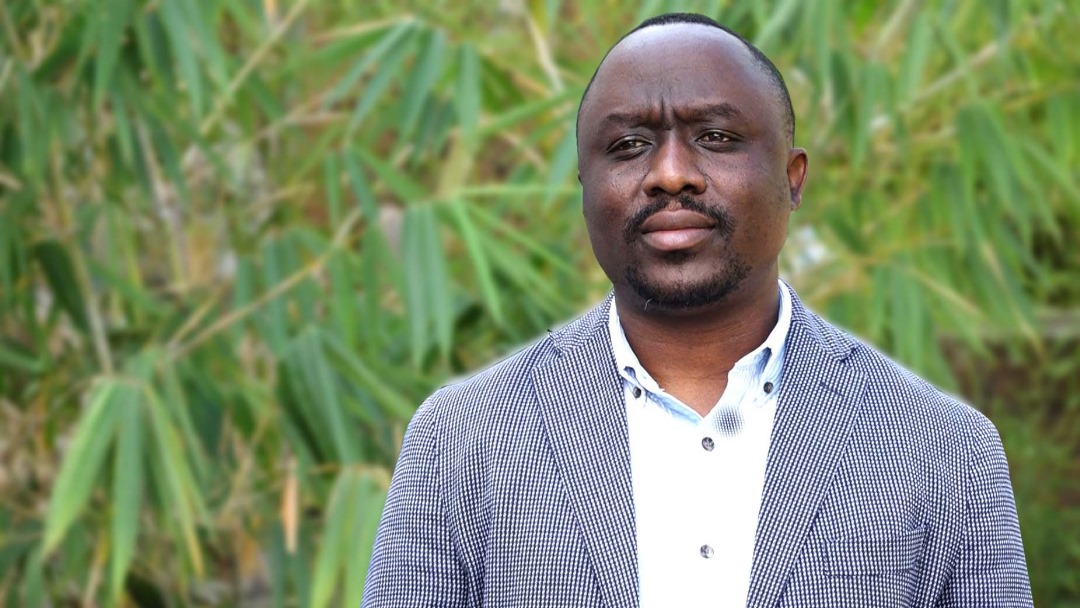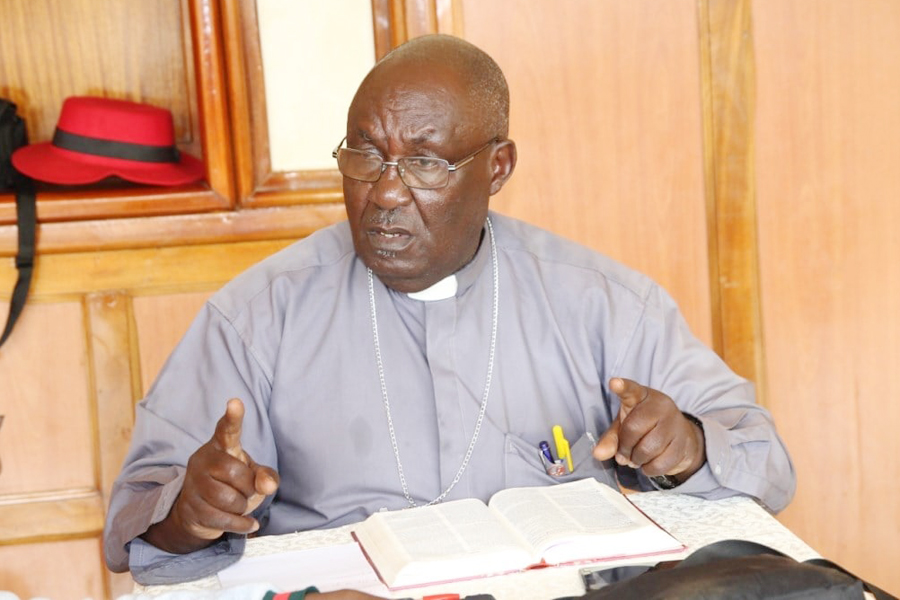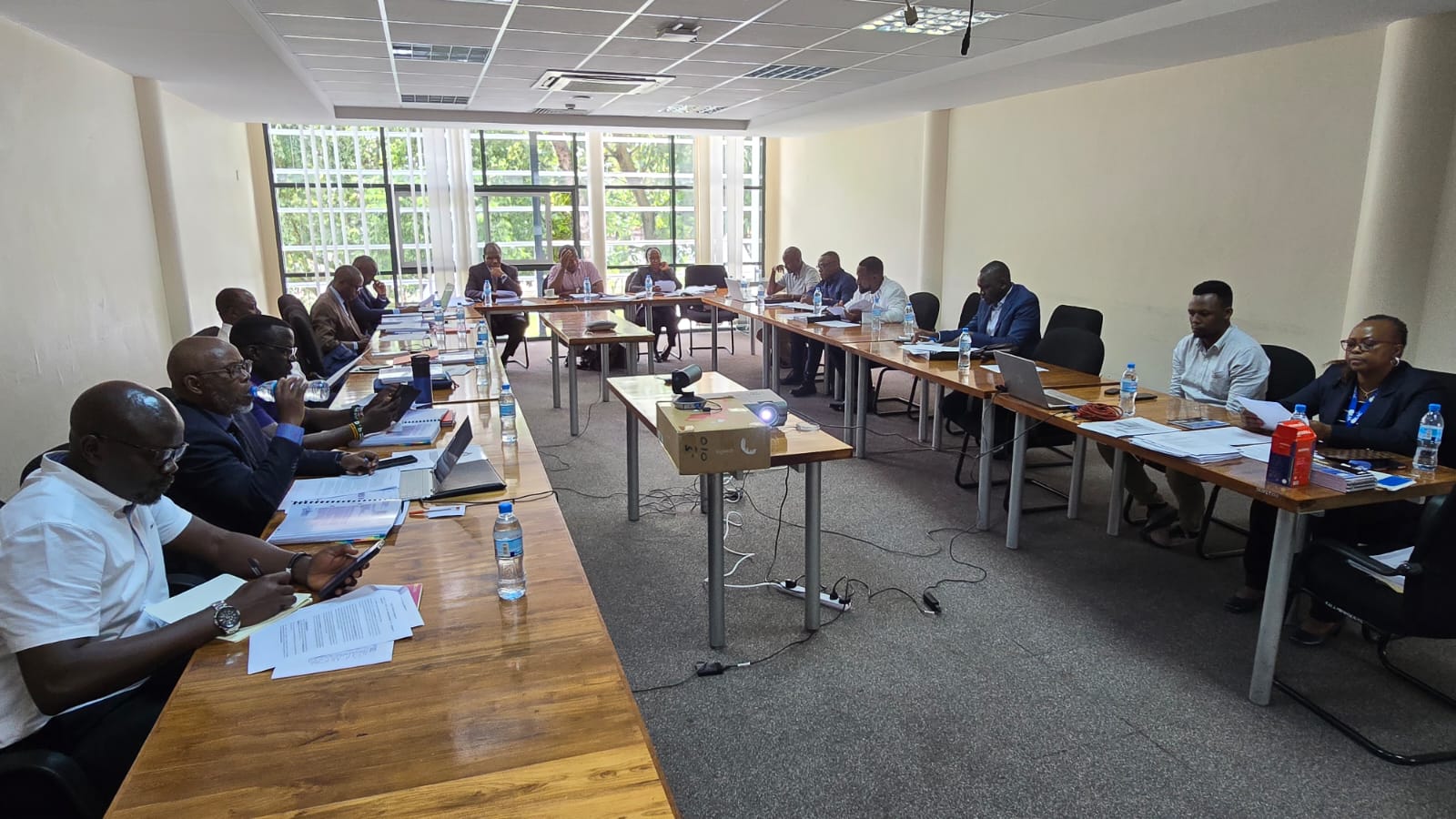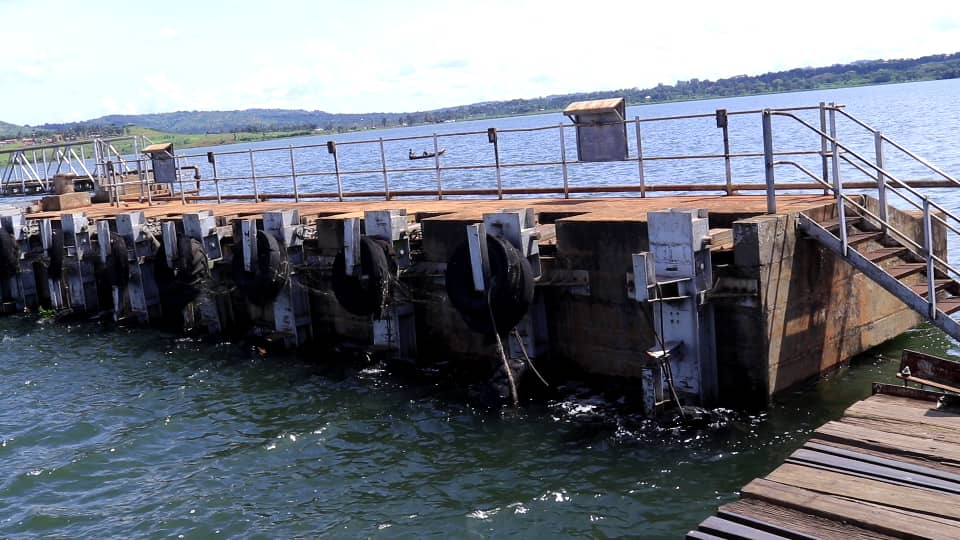Is there a forest to beat the heat and climate?

By Charles Kabiswa
In 2015, most countries, including Uganda, signed on to the Paris Climate Agreement which set the objective of "holding the increase in global average temperature to well below 2 C above pre-industrial levels and pursuing the limit of 1.5 C to significantly reduce the risks and impacts of climate change."
A research paper published in Nature this February (2024) showed that the world had already passed the preferred Paris goal of 1.5C (2.7°F) and would pass the 2C (3.6F) threshold by 2030. 2023 broke records as the hottest year since records began, and 2024 is shaping to be even hotter.
The World Meteorological Organization (WMO) estimated global temperatures in 2023 were 1.45C above the 1850–1900 average, exceeding the previous record warm years of 2016 and 2020.
Global sea surface temperatures were the highest on record for all the months between April 2023 and January 2024, and this record-breaking trend continues.
Africa experienced the second warmest February and the trends so far indicate that the temperature records across several countries in the region may be breached in March too.
Between March 18-19, 2024, at least five African nations — South Africa, Gabon, Kenya and South Sudan — reported record-breaking temperatures.
In South Sudan, extreme temperatures exceeding 43°C are usually experienced in the summer months. But extreme heat days arrived earlier this time and a temperature of around 41°C was reported on March 19, 2024 in a few stations, which included the capital Juba.
Incidences of deaths related to excessive heat have also been reported in the country. The fortnight is expected to be even worse, when temperatures could be as high as 45°C. In fact, all schools have been forced to close ahead of a heatwave.
As we commemorate the International Day of Forests 2024 with at theme Forests and Innovation: New Solutions for a Better World, leading scientists are predicting that 2024 will be even warmer as the global mean temperature continues to rise.
On Jan. 10, the World Economic Forum published its 2024 Global Risks Report, ranking global risks by severity over the next ten years. Extreme weather events are ranked to be the highest risk, leading to loss of human life, damage to ecosystems, destruction of property and/or financial loss.
The greenhouse gas carbon dioxide (CO2) reached a record of 424 ppm in May 2023, the highest in 800,000 years due to human activities. Humans have emitted this CO2 by burning fossil fuels, clearing forests, and farming degeneratively, oxidizing soil organic matter.
Forests help to reduce the frequency and severity of heatwaves in the long-term by mitigating climate change, but they also reduce heat stress in people in the very short term through shading and evapotranspiration (i.e. heat is absorbed to convert water from liquid to gas in the leaves, thereby reducing ambient temperature).
Whereas forests are synonymous with life on Earth, over the last two decades, Uganda has lost over a million hectares of tree cover, a number that accounts for almost a third of all the country’s forested regions. The rate of forest loss is 2.6% each year, which is one of the highest globally.
According to Our World in Data, 1.5 billion hectares (4.5 billion acres) of forest have been cleared over the last 300 years – since the beginning of the Industrial Revolution. That’s an area 1.5 times the size of the United States. This loss of forest cover is a significant climate forcing and contributor to increasing global temperatures.
The European Investment Bank estimates that around 15 to 18 million hectares (45 to 54 million acres) of forest are destroyed yearly, with 2,400 trees cut down each minute.
In Uganda the problem is so severe that the National Environment Management Authority warned that Uganda might lose all its forests by 2050 if the issue is not addressed urgently.
Increasing agricultural activities and weak forest governance are putting pressure on forest resources and forest lands. Other drivers of deforestation in Uganda include charcoal production, firewood harvesting, livestock grazing, timber production, and human settlement and urbanization.
These drivers have caused a significant decline in forest vegetation and forest products, as well as triggering conflicts over access, use and control of forest resources.
Forests, vegetation cover, and soils profoundly affect local and global temperatures, the transpiration of water vapor, and atmospheric and terrestrial hydrology, including rainfall. Forests absorb heat and energy through photosynthesis, shade the ground, and cool the planet through the transpiration of water vapor.
Deforestation results in the soil absorbing sunlight and heating up, making this a significant warming climate forcing. Forests moderate local climates by keeping their local environments cool.
They do this by shading the land and releasing moisture from their leaves. This process, called transpiration, requires energy extracted from the surrounding air, thus cooling it.
A single tree can transpire hundreds of liters of water in a day. Every hundred liters (25 gallons) has a cooling effect equivalent to two domestic air conditioners daily.
Researchers calculated that the actual contribution of deforestation to global climate warming since 1850 is as much as 40 percent and that the current rate of tropical deforestation could add a further 1.5 degrees Celsius (2.7°Fahrenheit) to global temperatures by 2100 even if there were zero fossil fuel emissions.
The United Nations’ Intergovernmental Panel on Climate Change (IPCC) states that keeping global warming to 1.5°C can only be achieved through carbon dioxide removal. “All pathways that limit global warming to 1.5°C with limited or no overshoot project the use of carbon dioxide removal (CDR) on the order of 100–1000 Gt CO2 over the 21st century. CDR would be used to compensate for residual emissions and, in most cases, achieve net negative emissions to return global warming to 1.5°C following a peak (high confidence).”
(IPCC 2018). Regenerating natural ecosystems and soil carbon sequestration are two carbon dioxide removal technologies recommended by the IPCC to achieve this goal.
The regeneration of tree cover is one of the most effective strategies for climate change mitigation. Clearly, the destruction of ecosystems is contributing to global warming, whereas regenerating these forests and rangelands would cool the climate.
In Uganda reversing the tide of deforestation will not be easy without involvement, support and protection of the private sector and private forest lands, as the past two decades have shown.
Forests are a natural ally in adapting to and fighting against climate change and will play a vital role in making Uganda the climate neutral country.
The role of private sector is very important, it is evident that sustainability has become an ethical imperative. While a challenging 2023 meant some businesses put sustainability on the back-burner, the reality is that climate action cannot wait – and with new sustainability regulations on the horizon, in 2024 we need to see increased action and a shift in mindset of business.
We need to see more practical action from private sector meeting their ESG/Sustainability targets investing in forests and tree growing like 15 million tree campaign, a collaborative effort spearheaded by Next Media Group and key environmental partners.
Other examples include Rapid Advisory Services that has financed investments of over 2000ha of private forests and tree growing mainly indigenous trees. A healthy future for people, planet and prosperity depends on ensuring healthy, biodiverse and resilient forests across Uganda and the world.
To succeed in this transition we will need larger, healthier and more diverse forests than we have today, notably for carbon storage and sequestration, reduction of the effects of air pollution on human health and halting loss of habitats and species. This is a precondition for forests to be able to provide livelihoods and deliver on their socio-economic functions for decades to come.
To get there, we will have to involve the private sector, private forest owners, reverse negative trends, improve monitoring to better capture the state of our forests, as well as step up our efforts and innovations to protect and restore forest biodiversity and with that ensure forest resilience.
Charles Kabiswa is the Executive Director, Regenerate Africa













